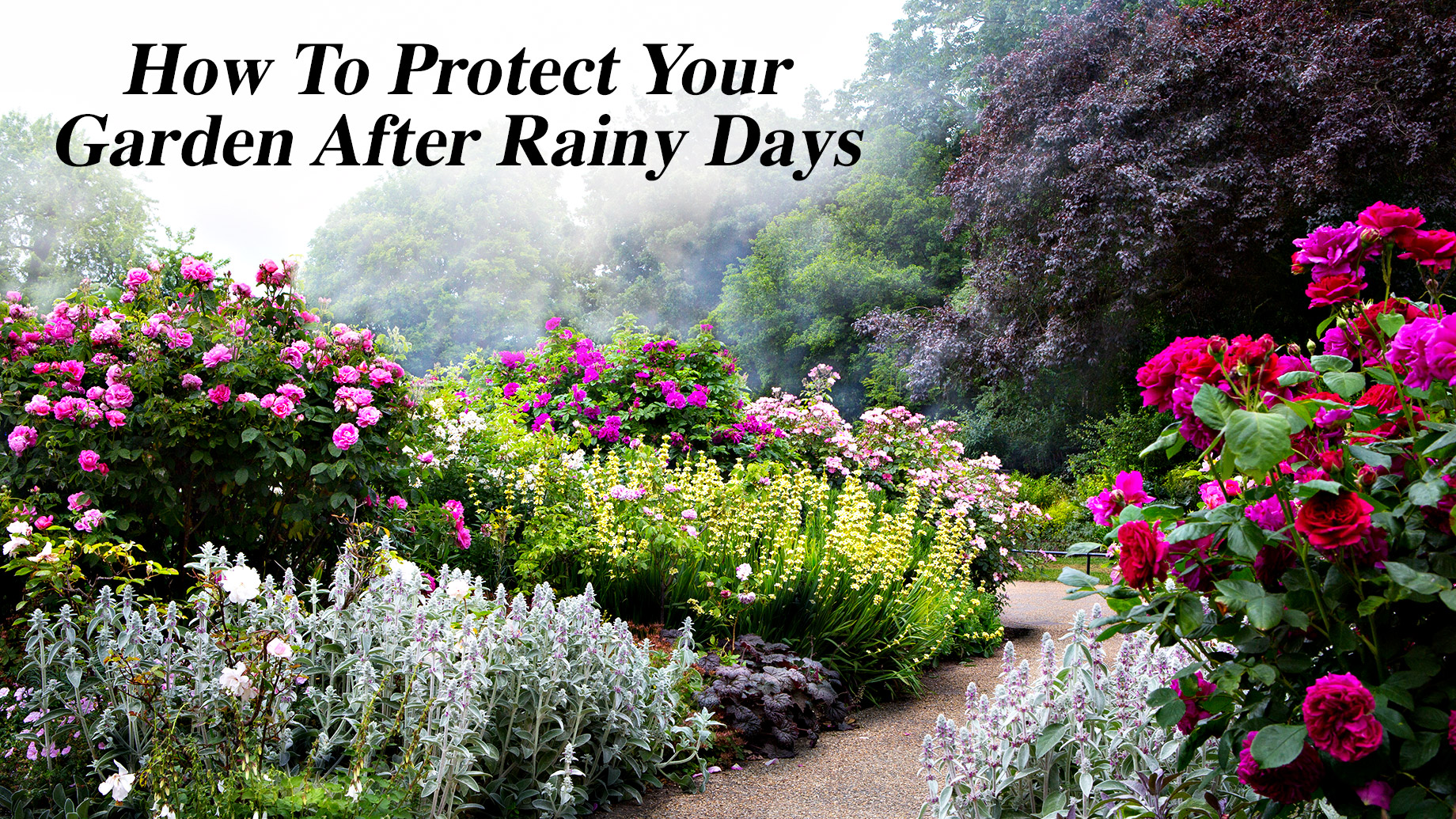
There’s nothing like a rain to bring life to your garden. But if the downpour doesn’t give way to sunshine, your plants will suffer from root rot and other maladies. To avoid that, you’ll need to prepare your garden after rainy days. Here’s how:
Focus on observing the water accumulation in each part
If you’re dealing with a garden that was previously planted, it’s important to focus on observing the water accumulation in each part of your garden.
- Drain as much water as possible from underneath plants and soil immediately after rainfall. This will ensure that there is no standing water around roots, preventing them from being able to grow properly.
- Lay out drains around the base of plants so that any excess water can easily drain away through them and not into the surrounding soil or onto other plants’ roots.
- Amend your soil so that it is breathable and water-permeable: add organic matter such as compost or peat moss; remove weeds; amend pH levels if necessary (more on this later).
Pest control
Hot and humid weather is conducive to the growth and reproduction of various germs. Diseases can be transmitted through insects (particularly mosquitoes), bacteria, fungi, and other organisms that live in soil or on plants.
Covering outdoor furniture when it rains
When it rains, you can use a tarp or umbrella to cover your patio furniture. You can also cover the furniture during the winter months when snow is on the ground. This will keep it safe from rain, sun, and dust.
Getting a waterproof cover for your grill
If you’re in the market for a cover, don’t forget to check the material of the cover before buying. While it may be tempting to get a cheap one that will keep your grill dry, this can be dangerous. A cheap plastic cover will not withstand high temperatures and might melt or even catch fire if left on too long during summertime.
A good quality waterproof cover, however, has been specially designed with an outer layer made from polyethylene (PE), which is flexible enough to allow airflow through it while also protecting against water damage inside as well as outside.
With the right preparation and a little creativity, you can keep your garden looking great even if it rains.
- Paint the deck, or add a waterproof sealant. If you have wooden decks, paint them with stainable paint to help protect them. For concrete patios and sidewalks, use an epoxy sealer that’s designed for outdoor use—it will last longer than regular paint and won’t chip off like regular paints do!
- Use a waterproof cover for your grill or other outdoor equipment that gets rained on often (like an umbrella). This will save your time in cleaning up after storms so that you can spend more time enjoying what’s left of summer weather outside instead of cleaning up messes left behind by bad weather days past!
- Install solar lights on your deck or patio so they can light up when dark starts coming around again during the fall/winter months – this means less light pollution needed compared to using candles which require flame safety precautions every time someone lights one up outside at nightfall.
We hope that this article has given you some great ideas for protecting your garden after rains. We’ve only covered a few of the things that we came up with, but there are many more ways to make sure that your garden looks its best even if it rains. If you have any tips for keeping things looking good on rainy days, let us know in the comments below!